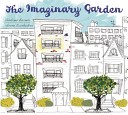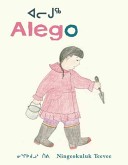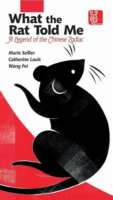Cheri Anderson, University of Arizona, Tucson, Arizona
 The final book we will share is My Little Round House written and illustrated by Bolormaa Baasansuren with an English adaption by Helen Mixter, published by Groundwood Books, 2009. Boloramaa Baasansuren graduated from the Institute of Fine Arts in Mongolia and also studied children’s book illustration in Italy and Russia. She has won numerous awards including Distinguished Best Book of Mongolia and prizes at the International Competition of Illustration (Teario/UNICEF) for her illustrations in Tales on Horseback, the Grand Prize at the international book competition of the National Cultural Festival in Fukuoka, Japan for The Legend of Wives’ Hair, and The Grand Prize at the Noma Concours for the Japanese edition of My Little Round House. She lives in Ulaanbaatar, Mongolia. Boloramaa Baasansuren’s extensive firsthand knowledge of Mongolian culture radiates throughout her extraordinary illustrations.
The final book we will share is My Little Round House written and illustrated by Bolormaa Baasansuren with an English adaption by Helen Mixter, published by Groundwood Books, 2009. Boloramaa Baasansuren graduated from the Institute of Fine Arts in Mongolia and also studied children’s book illustration in Italy and Russia. She has won numerous awards including Distinguished Best Book of Mongolia and prizes at the International Competition of Illustration (Teario/UNICEF) for her illustrations in Tales on Horseback, the Grand Prize at the international book competition of the National Cultural Festival in Fukuoka, Japan for The Legend of Wives’ Hair, and The Grand Prize at the Noma Concours for the Japanese edition of My Little Round House. She lives in Ulaanbaatar, Mongolia. Boloramaa Baasansuren’s extensive firsthand knowledge of Mongolian culture radiates throughout her extraordinary illustrations.
Continue reading


 This week we want to share the picture book,
This week we want to share the picture book, 
 This July blog highlights the need to include more in depth discussion of the illustrations within picture books in published book reviews. The blog entries will each discuss an award-winning international picture book as an example of the kinds of discussion that should be occurring more frequently in reviews.
This July blog highlights the need to include more in depth discussion of the illustrations within picture books in published book reviews. The blog entries will each discuss an award-winning international picture book as an example of the kinds of discussion that should be occurring more frequently in reviews.